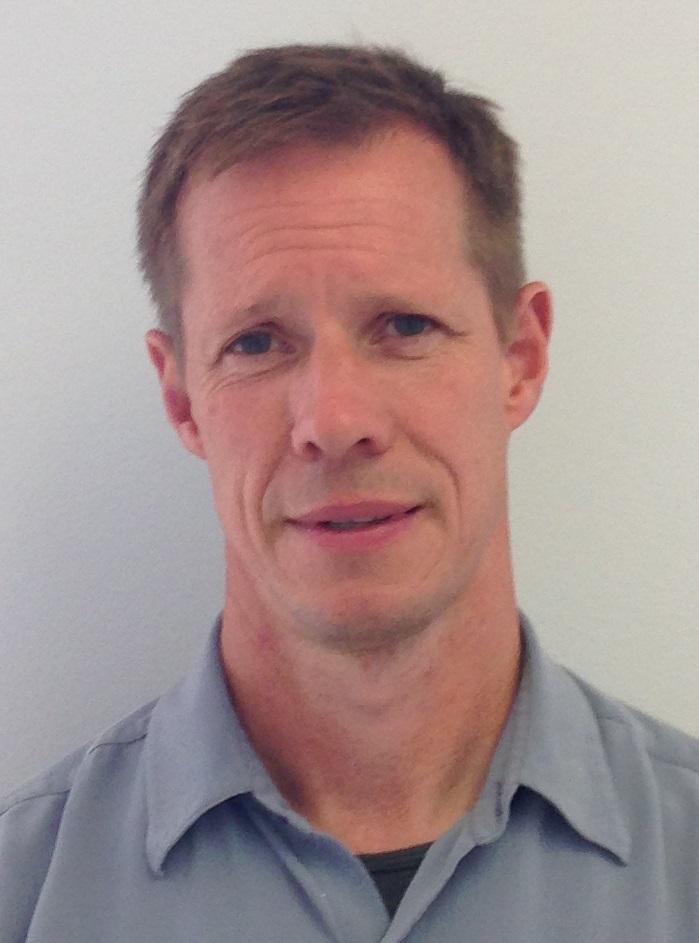
Credit: WSU
Scientists are one step closer to understanding how the cancer-fighting drug Taxol is produced by trees.
In a recent paper published in the Journal of Biological Chemistry, a group of researchers led by Washington State University’s Mark Lange, has found candidate genes that could eventually be used to manufacture Taxol more quickly and efficiently.
“Our goal is to find enzymes that activate precursors contributing to the complex structure of Taxol,” said Lange, a professor in WSU’s Institute of Biological Chemistry. “That will enable engineers to know which genes to throw into the mix to develop organisms that can produce the drug.”
Also known as paclitaxel, Taxol is a natural compound discovered in the bark of Pacific Yew trees.
It is used to treat a variety of cancers, from breast to ovarian to bladder to prostate and more.
It used to be harvested directly from trees by stripping their bark, but harvests weren’t done sustainably and many of the trees died. Currently, most of the drug sold in the United States is made by extracting the substance from Yew tree cell cultures grown in a laboratory.
This process is time consuming and expensive.
“We’ve been working on this for many years because the structure of Taxol is so complex,” Lange said. “There are over 500 known taxane natural products, of which Taxol is only one. We’re trying to find enzymes that activate precursors to make Taxol, but not other taxanes.”
Enzymes are substances in living organisms that act as catalysts to start a chemical reaction.
“Ideally, you want an enzyme that activates a specific reaction, as opposed to multiple reactions,” Lange said.
These results will be used by other scientists to add genes to yeast or other microbes, allowing them to produce the drug in large quantities.
“It’s very challenging,” Lange said. “It could involve 30 to 50 genes. But the genes we characterized here can be part of that.”
Lange and his team are part of a much larger group working on the project, including a Stanford University engineer and biologists from the University of California system and the John Innes Centre in the UK.
They received a $4 million grant from the National Center for Complementary and Integrative Health, part of the National Institutes of Health, last fall in support of the project.
###
Media Contact
Mark Lange
[email protected]
Original Source
https:/
Related Journal Article
http://dx.




